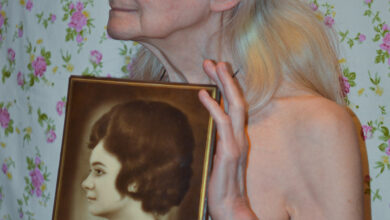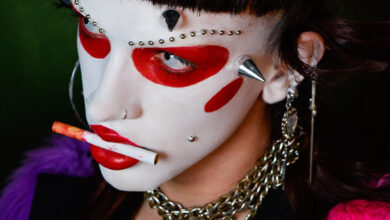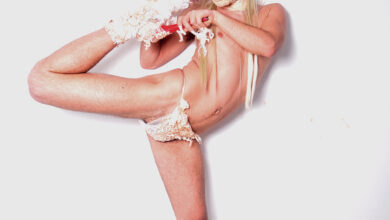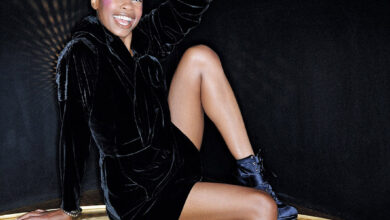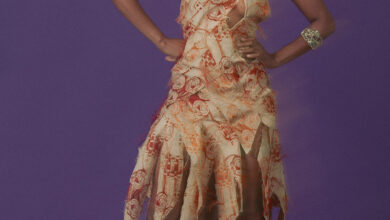ArtZoot meets
AN EYE FOR FASHION: NORMAN PARKINSON
An exhibition of rare and unseen prints by British fashion photographer Norman Parkinson at Bristol’s M Shed takes visitors on a discovery trip through a glamorous decade that marked women’s emancipation.
Text by Anna Battista
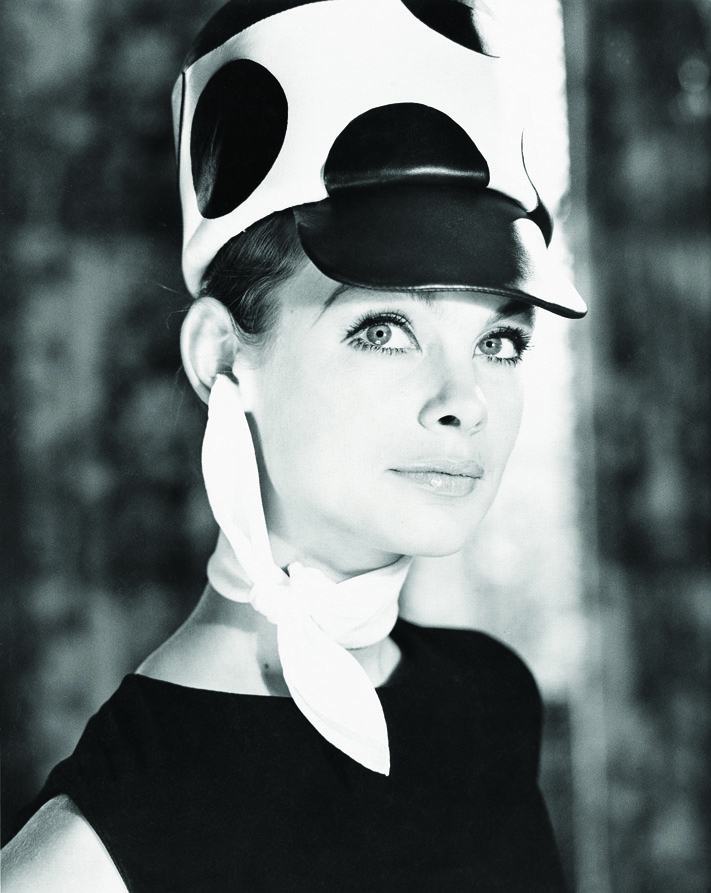
Jill Kennington and Melanie Hampshire are chatting to bobbies on the beat and jumping on London buses wearing Mary Quant and Jean Muir’s designs; stunningly beautiful Carmen Dell’Orefice is elegantly posing in front of a pool in the Bahamas while French model Nicole de la Marge with dreamily closed eyes is surrounded by The Rolling Stones. These are just a few shots part of the exhibition “An Eye for Fashion” featuring 60 iconic images – selected from the Angela Williams Archive – by British photographer Norman Parkinson, that recently opened at Bristol’s M Shed.
Unanimously considered as a pioneer in fashion photography, Parkinson brought his models onto the street, making them pose on unusual backdrops, from working-class districts to the docks. Parkinson worked as a portrait and fashion photographer for Vogue, then moved to Queen as Associate Contributing Editor and, from 1964 until he died in 1990, worked as a freelance photographer.
The images included in the exhibition – carefully selected by Williams, a photographer herself who worked as Parkinson’s assistant in the early ’60s – follow ten years of British fashion, from 1954 to 1964. Among the most interesting pictures there are previously unseen and unused covers for Life and photo shoots for Vogue and Queen featuring famous models such as Melanie Hampshire, Celia Hammond and Tania Mallet or actresses like Jean Shrimpton in a striking James Wedge polkadot hat. Yet there is more than just a story of style and fashion behind the images showcased here together with a selection of costumes and objects from the same period of time: indeed these photographs indirectly show how women’s roles in society radically changed in the decade that marked the transition to the ‘60s, explains Catherine Littlejohns, Senior Collections Officer at Bristol’s M Shed.
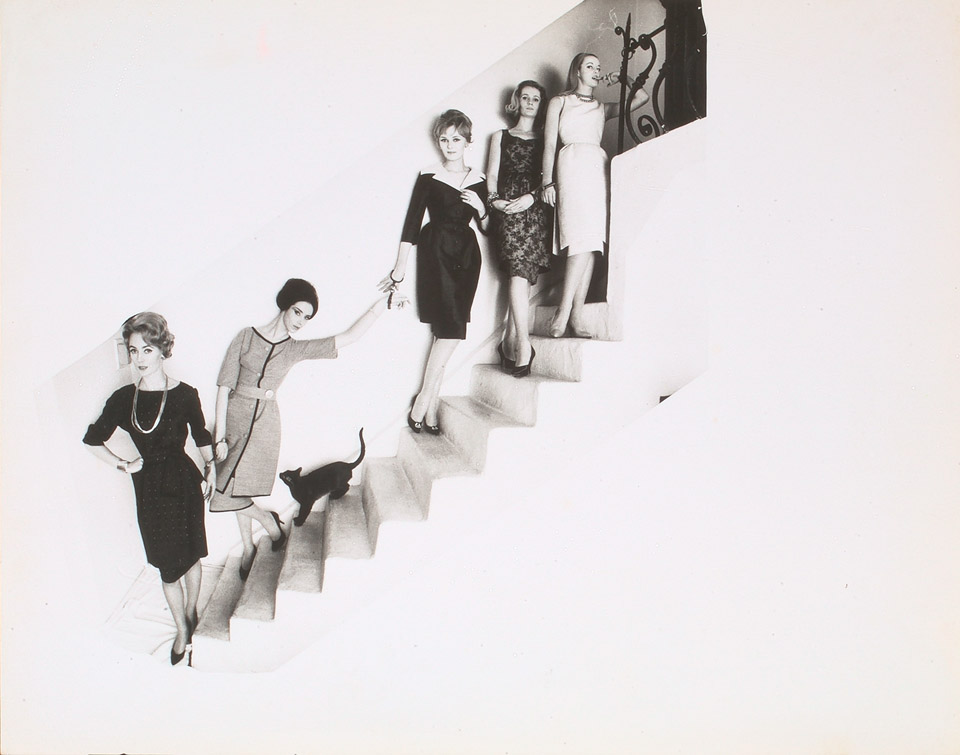
Zoot Magazine: How was working with Angela Williams?
Catherine Littlejohns: Working with Angela was a brilliant experience. She knew the images and Parkinson’s career inside out because, as his assistant, it was her life too. What made it special was that Angela always had extra anecdotes about the pictures and the people in them, so Parkinson wasn’t just the subject of an exhibition: I feel that, now, I have a greater sense of him not only as a photographer, but as a person.
Z: As a curator, what fascinates you about Parkinson’s life and work?
CL: As a social historian there are so many things in Parkinson’s images that I love. There’s a really strong sense of time and place, particularly in the images from the early ’60s which were so different to what had gone on before. Then there’s the development of the fashion magazines and how women were portrayed, not forgetting the clothes too, of course! But it’s also Parkinson himself. He was a really flamboyant character and I think this comes through in his images. He seems to have been able to create a relation with his models and encourage them to work with him to push boundaries and express themselves. As a result, many of his pictures have an energy and movement about them that was incredibly innovative. There is also very often a sense of youth and fun in his pictures that still shines through today.
Z: What is the cultural significance of these images and what do they tell us about those years and about women’s image and role in society?
CL: That’s quite a big question. The period we focus on in the exhibition, 1954 – 64, was an incredibly important period socially and for fashion in general. During wartime women performed all sorts of new roles, from working in factories to flying planes. Post-War, although many of these women returned to ‘more suitable’ pre-War roles, things had already changed. Simmering away beneath the surface, the advances made by one generation of women were taken up by their daughters (and sons) as soon as social conditions, such as high employment, allowed. Comparing the photographs in the early part of the exhibition with those in the later part shows this transition through fashion. In fashion terms, the reality was that at the beginning of the ’50s the country was still gripped by post-War austerity measures. Although the photographs don’t necessarily show this, what they portray is still fashion aimed at women in their twenties and thirties, as it had been before the war. There was no such thing as teen fashion and most young people, once out of children’s clothes, dressed as their parents did. By the early ’60s that had all changed and fashion was young, exciting and experimental. Much of the period we look at in the exhibition is before the ‘Swinging Sixties’ kicked in, but so much of what happened then had its beginnings in this earlier time.
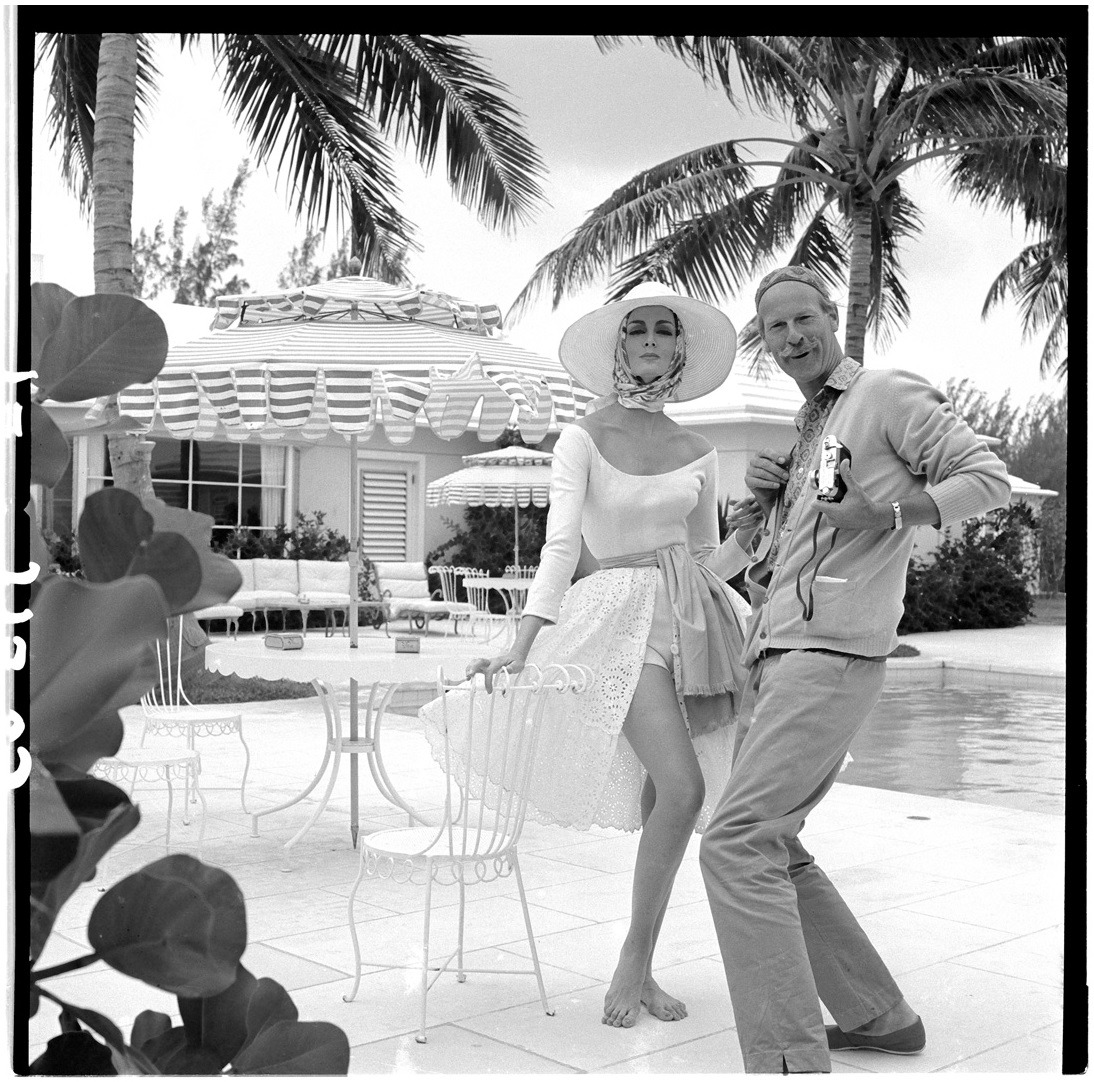
Z: Which famous models and garments by Haute Couture houses and High Street retailers appear in these images?
CL: Famous models include Jean Shrimpton, Melanie Hampshire, and Nina von Schlebrugge (Uma Thurman’s mother). Garments in the pictures include everything from Worth to Wallis. There are significant high street options from the period such as Susan Small, featured in several images, but probably most significant were the emerging designers like Mary Quant, who were very quickly going to change the whole face of fashion.
Z: In your opinion, which is the most iconic Norman Parkinson picture included in the exhibition and which is your fave one?
CL: That’s really difficult as there are so many! Probably the most famous is the Cadbury’s Plain Girl advert, featuring Jean Shrimpton wearing a spotty James Wedge hat. However, there are several images featuring group shots of models wearing clothes by designers of the Incorporated Society of London Fashion Designers. The images are beautiful as group shots but also highly significant because of their promotion of British Couture designers. The later part of the exhibition also includes several images from the ‘Brash New Breed of British Designers’ series, completed for Life magazine in 1963. The models, including Jill Kennington and Melanie Hampshire, are out and about in London, chatting to bobbies on the beat and jumping on London buses, wearing designs by Mary Quant, Gerald McCann and Jean Muir. There’s a real sense of time and place in these images, and of course time has increased the significance of certain designers. Choosing my favourite is probably even harder and it keeps changing. This week though, it’s a 1960 image of model Sue Kinnear wearing a Jean Muir cocktail dress. It’s a very quiet image, quite different to the energetic images Parkinson is better known for. To me it’s more about the photographer’s desire to reveal something about his subject, and his quest to show women and clothing as beautiful as they can be. It’s not an image that shouts, but, when you notice it, it’s very hard to look away.
Z: Why would the images included in this exhibition still be important to today’s fashion, designers and photography fans and what has been the visitors feedback so far?
CL: The feedback has been overwhelmingly positive so far and people really appreciate the different levels in the show – the photographs, the social history and the costume. The photographs are stunning and I think the energy and interest in the composition keeps them fresh. In fashion terms, the elegance and glamour of the clothing in the pictures will never be outdated and, of course, everything in fashion comes back around!
Z: Can you tell us more about the costumes also included in the exhibition, are they all selected from the museum collection?
CL: The costumes show how fashion magazines like Vogue and Queen influenced what could be bought on the high street, and therefore what most people wore. Key style features can be traced through the Parkinson photographs to the shop-bought and homemade items on display. Many Bristolians have contributed with their shopping memories of the ’50s and ’60s and with tales of net petticoats blowing up over their heads, or of stuffing long pointed tie shoes with cotton wool, so the realities of wearing the fashions have also been included.
An Eye For Fashion – Norman Parkinson Photographs, British Designers 1954-1964, M Shed, Bristol, UK, until 15th April 2012.
Image credits:
Jean Shrimpton ‘Plain Girl’ 1963, wearing James Wedge © Norman Parkinson Limited/Courtesy Norman Parkinson Archive www.normanparkinson.com
Queen Magazine 1960 © Norman Parkinson Limited/Courtesy Norman Parkinson Archive www.normanparkinson.com
Norman Parkinson and Carmen Dell’Orefice, “In The Bahamas”, July 1959, Angela Williams Archive.

